- Overview
- Symptoms
- Causes & Risks
- Tests & Diagnosis
- Treatment
- Living With
- Mobility & Assistive Devices
- Complications
- Support & Resources
- View Full Guide
Foods That Help Rheumatoid Arthritis

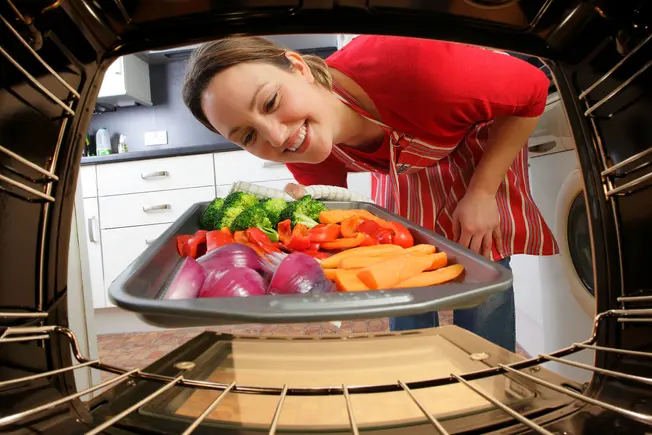
Eat Healthy Foods
There's no perfect meal plan to help you feel better if you've got RA, but go for a variety of nutritious foods. It's good for your overall well-being and weight. You might try the Mediterranean diet, which features fish, whole grains, and fruits and veggies that may lower the inflammation caused by your disease.
Everyone is different. You have to see how you feel when you eat certain types of foods.
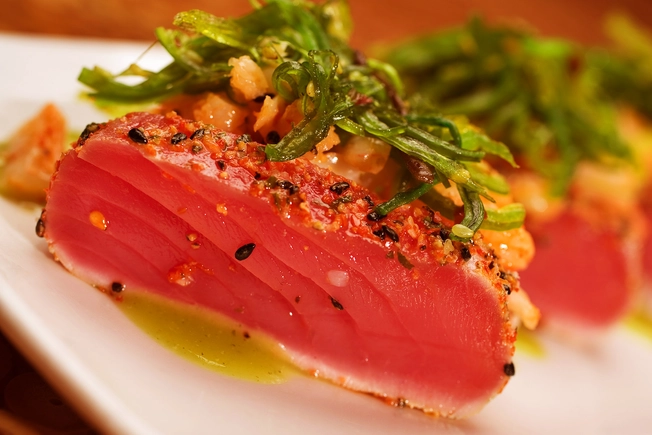
Get Fishy
Omega-3 fatty acids in salmon, tuna, trout, and other cold-water fish can fight inflammation, which can help aching joints and morning stiffness. Eat about two 3-ounce servings of fish each week.
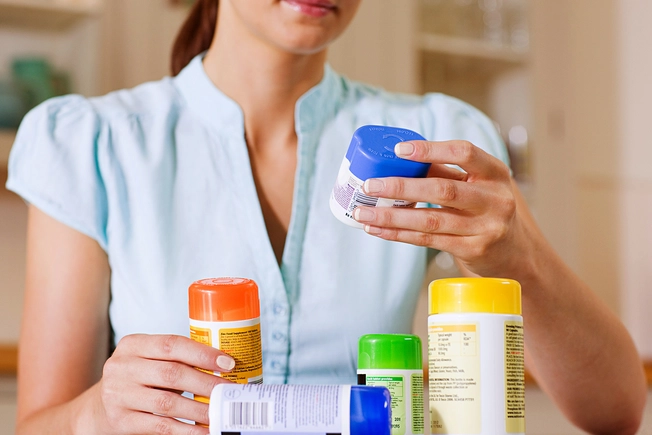
Think About Supplements
If fish isn't your thing, omega-3 supplements might be an option for you. They could even help you cut back on anti-inflammatory medication. Borage seed oil may also relieve pain along with your RA meds. Just make sure you always tell your doctor before you take any supplements.
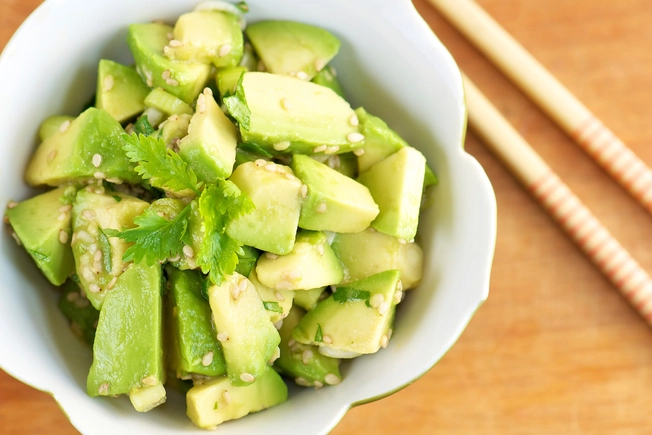
Switch to Healthy Fats
Saturated fats, which are in foods like butter and red meat, are linked with inflammation. Limit those and get your fats from healthier choices, like nuts and avocados. Instead of butter, try olive oil, which may lower pain and inflammation.

Add in Whole Grains
Fiber is good for your digestion, and it can also ease your inflammation. Look for breads, crackers, and cereals that list "whole grain" or "whole wheat" as part of the first ingredient.

Eat Your Fruits and Veggies
Most of them are full of antioxidants, which boost your immune system and may fight inflammation. Try fruits like prunes, raisins, and berries. Go for veggies like kale, spinach, and Brussels sprouts. And don't forget fresh, leafy greens. They're a great source of fiber and folic acid. If you take methotrexate, folic acid can ease some of the drug's side effects.
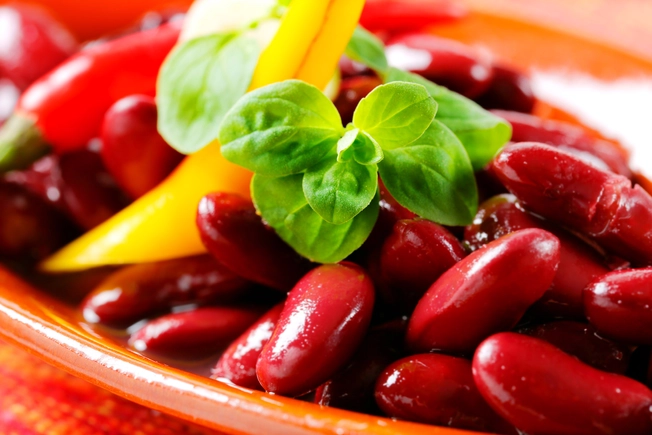
Cook Up Some Beans
They're another tasty way for you to get fiber and protein. Fiber can ease inflammation caused by your RA, and protein can help keep the muscles that support your joints strong. Beans are an excellent meat-free source of protein. Enjoy them in chili, as a side dish, or whipped into a healthy dip like hummus.

Don't Forget Calcium and Vitamin D
They may help prevent the bone loss that can come with taking corticosteroids for your RA.
You can also eat beef liver and egg yolks for vitamin D, leafy greens for calcium, and fatty fish and fortified items like cereal and orange juice for both. Supplements may be an easier way to get the recommended amounts, though.

Know Your Nightshades
Some people think that this family of veggies -- tomatoes, potatoes, eggplant, and some peppers -- makes RA symptoms worse. But there's no proof that they do.
If you think a specific food causes you problems, don't eat it for at least 2 weeks. See what happens when you add it back.
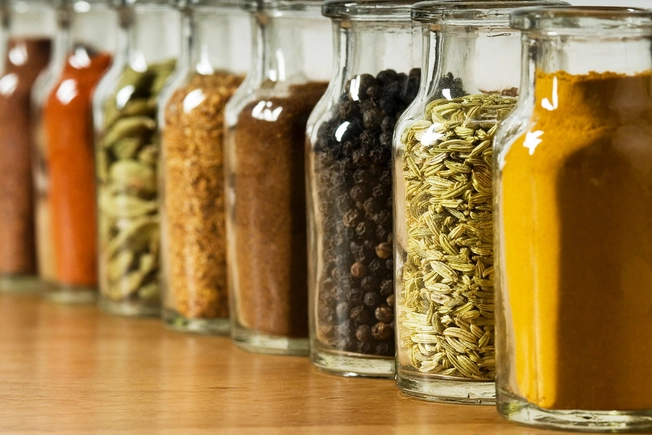
Spice Things Up
More research is need, but turmeric and ginger may ease your inflammation. Try adding them when you're cooking. If you take blood thinner medication, talk to your doctor first. The spices may make bleeding more likely.
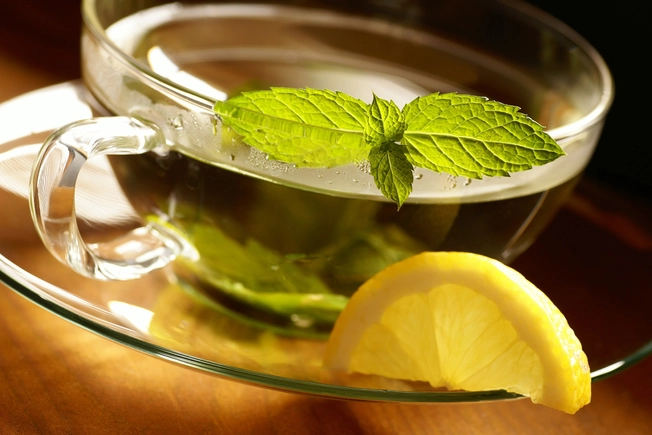
Drink Tea
It may lessen inflammation and joint damage from rheumatoid arthritis. And tea -- whether it's green, black, white, or oolong -- has antioxidants called polyphenols that boost your immune system.
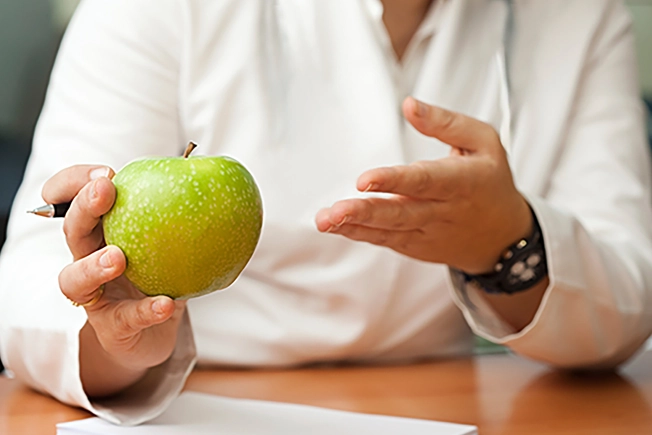
Work With an Expert
Talk to your doctor or a dietitian. They can help you fine-tune your diet and tell you if you need supplements.
A dietitian can also create a meal plan that takes into account your medications and your lifestyle, so you'll be more likely to stick with it.
Photo Credits:
1) Peter Cade / Getty Images
2) Jancouver / Getty Images
3) Photo Source / Getty Images
4) PoppyB / Getty Images
5) mphillips007 / Getty Images
6) Cavan Images / Iconica / Getty Images
7) Basilios1 / Getty Images
8) Fuse / Getty Images
9) Ariel Skelley / Getty Images
10) Stewart Waller / Getty Images
11) MKucova / Getty Images
12) esolla / Getty Images
SOURCES:
American College of Rheumatology: "Methotrexate."
Arthritis Care: "Eating Well."
Arthritis Foundation, Arthritis Today: "A Cup of Tea Can Be Good For Your Health," "Arthritis Food Myths," "Nutrition Guidelines for People with Rheumatoid Arthritis," "Fish May Reduce Inflammation."
Buckley, L. Annals of Internal Medicine, December 15, 1996.
Cleveland Clinic: "The Power of Fish."
Colorado State University Extension: "Health Benefits and Safe Handling of Salad Greens."
Federation of American Societies for Experimental Biology, News Release.
Funk, J. Journal of Natural Products, March 2006.
Galland, L. Nutrition in Clinical Practice, December 2010.
Haqqi, T. PNAS, April 13, 1999.
Kaspar, K. The Journal of Nutrition, January 1, 2011.
Kast, R. International Immunopharmacology, November, 2001.
Kjeldsen-Kragh, J. Annals of the Rheumatic Diseases, 2003.
Kremer, J. Arthritis and Rheumatism, June 1990.
Lucas, L. Current Pharmaceutical Design, 2011.
Ma, Y. American Journal of Clinical Nutrition, April 2006.
Martin, R. Proceedings of the Nutrition Society, 1998.
MedlinePlus: "Folic Acid," "Ginger," "Turmeric."
National Center for Complementary and Alternative Medicine: "Rheumatoid Arthritis and Complementary Health Approaches."
National Health Service: "Arthritis and Diet."
Physicians Committee for Responsible Medicine: "Foods and Arthritis."
Ramadan, G. Inflammation, August 2011.
Shapiro, J. Epidemiology, May 1996.
Stamp, L. Seminars in Arthritis and Rheumatism, October, 2005.
The Johns Hopkins Arthritis Center: "Nutrition & Rheumatoid Arthritis."
University of Michigan Health System: "Healing Foods Pyramid: Healthy Fats," "Health Foods Pyramid: Legumes."
U.S. Department of Agriculture: "Top Antioxidant Foods."
Van Vugt, R. Clinical Rheumatology, June 2008.
Whole Grains Council: "Identifying Whole Grain Products."
American Heart Association: “Keep saying yes to fish twice a week for heart health.”